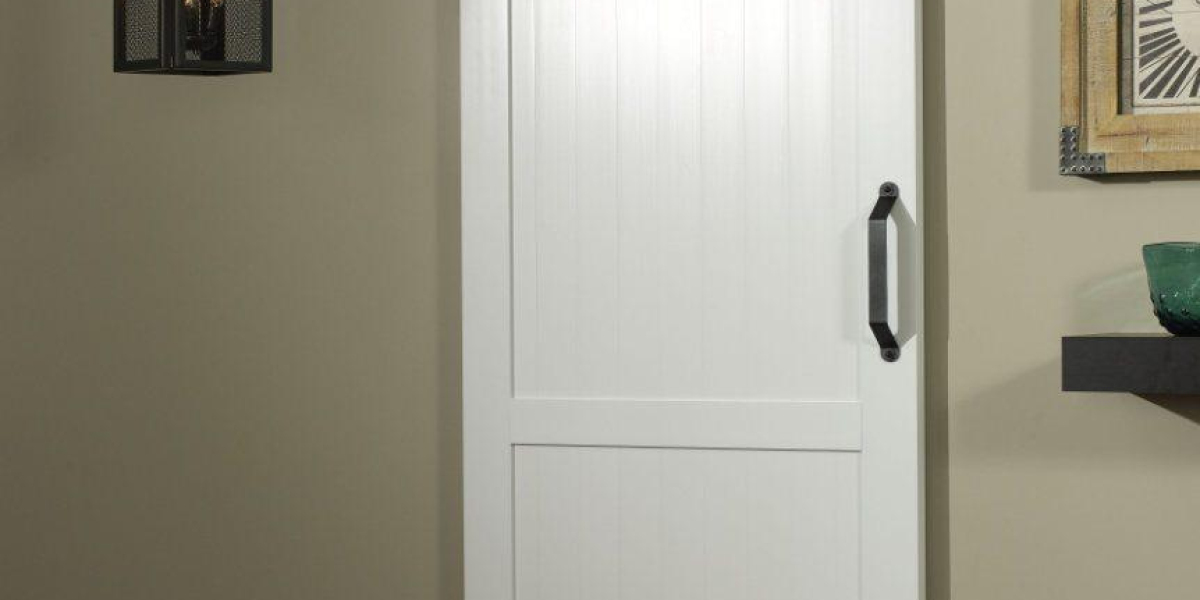In modern landscaping and construction environments, a Power Barrow has emerged as a practical solution for transporting heavy loads efficiently, especially in challenging terrain where manual wheelbarrows fall short.
This motor-assisted equipment is designed to reduce the physical strain of moving materials like soil, gravel, bricks, or debris across uneven surfaces. Equipped with sturdy frames, all-terrain tires, and rechargeable electric or petrol-powered engines, it has quickly become a preferred tool for both commercial and residential job sites. Its compact size allows it to maneuver easily through tight spaces while still carrying significant weight.
Operators benefit from enhanced control through intuitive handlebar-mounted levers, throttle controls, and even electric braking systems in some models. These features help reduce fatigue and increase productivity, particularly when repeated trips are necessary.
One of the major advantages of using a powered wheelbarrow is the reduction in workplace injuries. Back strain, muscle fatigue, and lifting-related accidents are minimized because the machine does most of the heavy lifting and pushing. This is particularly important in aging workforces or small business operations that may not have access to larger machinery.
Furthermore, many models are now built with environmental awareness in mind. Electric versions, in particular, produce zero emissions and are relatively quiet—ideal for work in residential zones, public parks, and eco-sensitive areas. Rechargeable lithium batteries also contribute to sustainability, offering several hours of operation on a single charge.
Adaptability is another factor contributing to the growing popularity of powered barrows. Some units feature tipping beds, flatbed conversions, or additional attachments for snow removal or water transport. These functions make them year-round utility tools, not just for construction sites but also for agriculture, landscaping, and estate management.
From a maintenance perspective, these machines are designed to be robust and user-friendly. Basic servicing, like tire pressure checks, battery charging, and occasional oil changes, keeps them in top shape. Many come with weather-resistant components to extend lifespan, especially in humid or wet conditions.
Choosing the right powered wheelbarrow depends on the load type, terrain, and job frequency. While electric models are ideal for quiet, routine tasks, petrol models offer more torque for rugged, continuous operation. Businesses looking for efficiency and safety often invest in these machines as a long-term asset.
With constant innovation in design and power systems, it’s clear that powered barrows are here to stay—offering an efficient, ergonomic, and eco-friendly solution for load transportation across various industries.
To explore more options and models, please visit www.minidumperfactory.com








